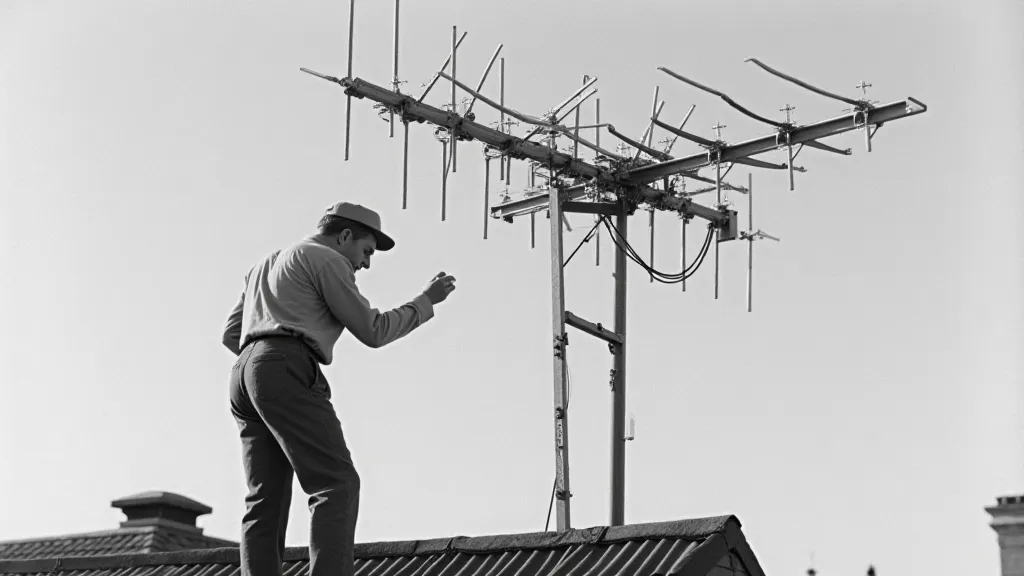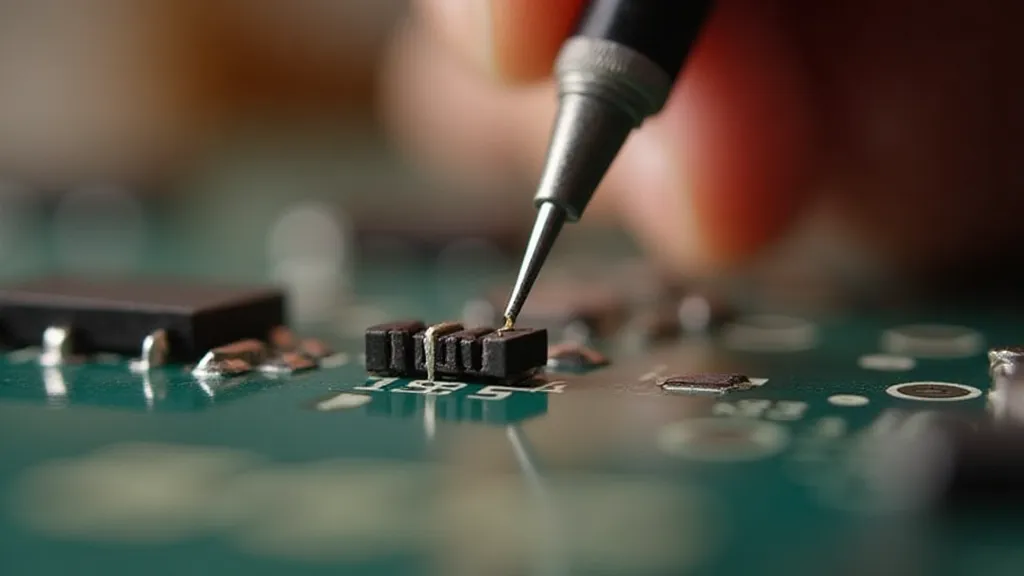Transcendental Radiation: Exploring the Physics Behind Antenna Design
There's a certain melancholic beauty in antiquated technology. I recently acquired an antique accordion, a Hohner Victoria, around 1920. Its bellows are cracked, its keys stick, and the once-vibrant finish is faded. But holding it, feeling the weight of its craftsmanship, I’m connected to a lineage of ingenuity and artistry. It's a machine built to coax sound from seemingly thin air, and that thought sparked a deeper appreciation for the principles governing another form of radiating energy: radio waves. Like the accordion's reeds vibrating to create music, an antenna vibrates in response to radio frequencies, converting electrical signals into electromagnetic radiation, and vice versa. Understanding the “why” behind antenna design goes beyond following a set of instructions; it's about grasping the physics that make this seemingly magical process possible.

The Foundation: Electromagnetism and Oscillating Fields
The story begins with James Clerk Maxwell. In the 19th century, he unified electricity and magnetism into a single framework—electromagnetism. Maxwell’s equations predicted that accelerating electric charges would generate electromagnetic waves, propagating at the speed of light. This wasn't just a theoretical musing; it was the key to unlocking radio communication. Think of it like this: an oscillating electric current, like the rhythmic pumping of the accordion bellows, generates a corresponding oscillating electromagnetic field.
These fields – electric and magnetic – are inextricably linked and travel together, perpendicular to each other and to the direction of propagation. The frequency of the oscillating current determines the frequency of the electromagnetic wave. A higher frequency means more oscillations per second, shorter wavelengths, and, consequently, different antenna design considerations. The relationship between frequency (f), wavelength (λ), and the speed of light (c) is defined by the simple equation: λ = c/f. This seemingly small equation dictates the entire geometry of how we capture and radiate radio waves.
Antenna Types: From Wires to Beams
The antenna itself is simply a precisely shaped conductor designed to efficiently radiate or receive these electromagnetic waves. The simplest antenna is a straight piece of wire, acting like a dipole. When an alternating current flows through this wire, it creates oscillating electric and magnetic fields around it. The length of this wire is crucial; ideally, it should be approximately half a wavelength (λ/2) for the intended frequency. At this length, the antenna is in resonance, meaning it efficiently radiates energy. Shorter antennas, often called "loaded" or "shortened," can be used, but they typically sacrifice efficiency.
Ground plane antennas, often used for VHF and UHF frequencies, extend this concept. They consist of a radiating element (usually a vertical wire) surrounded by multiple radial wires connected to ground. These radials act as a mirror, reflecting radio waves and enhancing the antenna’s overall performance. The number and length of the radials are carefully calculated to optimize radiation patterns.
For directional communication, beam antennas are employed. These are more complex structures, often utilizing multiple elements arranged in a specific configuration to focus the radiated energy in a particular direction. Yagi-Uda antennas, for example, consist of a driven element, a reflector, and multiple directors, each carefully spaced and tuned to enhance the signal in a specific direction. The meticulous alignment and phasing of these elements are critical for achieving a narrow beamwidth and high gain.

Impedance Matching: A Crucial Harmony
Simply having the right antenna shape isn't enough. The antenna’s impedance – its opposition to the flow of alternating current – must be matched to the impedance of the transmitter or receiver. A mismatch causes reflections, reducing efficiency and potentially damaging equipment. Think of it like trying to force air into an accordion with a severely restricted airflow; the bellows struggle, and the sound is weak and distorted.
The standard impedance of many radio systems is 50 ohms. Antennas are often designed to be close to this value, but adjustments are frequently necessary using techniques like impedance matching networks – circuits consisting of inductors and capacitors. These components subtly alter the antenna's impedance, bringing it closer to the desired value. The skill in antenna design lies not only in shaping the radiating element but also in ensuring a harmonious impedance match.
Material Properties and Considerations
The choice of materials also plays a role. While copper and aluminum are common choices due to their excellent conductivity, the antenna's environment can affect its performance. Corrosion, for example, can increase resistance and reduce efficiency. Proper insulation and protective coatings are essential for long-term reliability. The accordion’s body, crafted from wood and leather, requires ongoing maintenance to prevent deterioration—a parallel to the care needed for an antenna system.
Beyond the Basics: Phased Arrays and Smart Antennas
Modern antenna technology continues to evolve. Phased arrays, utilizing multiple antenna elements electronically controlled to steer the beam without physically moving the antenna, are becoming increasingly common in mobile communications and radar systems. "Smart antennas," incorporating signal processing techniques to adapt to changing environmental conditions and optimize performance, represent the next frontier. The concept of dynamically adjusting radiating patterns, similar to the skilled manipulation of an accordion's bellows to produce a range of sounds, promises even greater flexibility and efficiency in wireless communication.

The Enduring Appeal of Hands-on Craftsmanship
While complex software and sophisticated equipment play a role in modern antenna design, the fundamental principles remain rooted in the physics described by Maxwell. The act of building an antenna, of understanding how the shape and dimensions impact its performance, is a deeply satisfying experience. It's a return to the hands-on craftsmanship that built the antique accordion I cherish—a tangible connection to the ingenuity and artistry of the past. Whether you're a seasoned radio operator or just starting your journey into the fascinating world of ham radio, exploring the physics behind antenna design will deepen your appreciation for this powerful and essential technology, and allow you to unlock its full potential.





